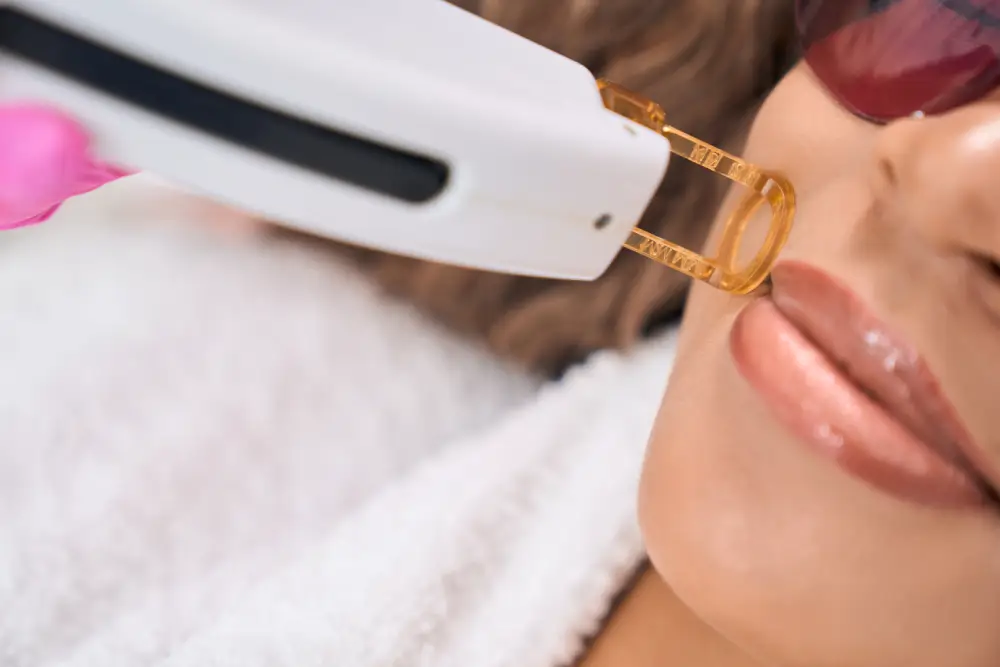
Skin pigmentation is a common concern that affects many individuals, particularly those with darker skin tones. Pigmentation often arises from factors such as sun exposure, aging, and skin disorders. If you are struggling with skin pigmentation and seeking effective ways to address it, laser treatment may be a suitable option.
How Laser Works for Pigmentation Removal
Laser pigmentation removal involves directing a high-energy laser beam onto the pigmented areas of the skin. This beam breaks down the pigment within the skin, causing the pigmentation to fade or lighten over time.
Benefits of Laser Pigmentation Removal
- Enhanced Skin Texture: Along with pigmentation removal, laser treatment can also improve the overall texture and appearance of your skin.
- Wrinkle Reduction: Certain types of lasers can effectively reduce wrinkles and enhance skin elasticity.
- Acne Treatment: Laser treatment can be effective in treating acne and reducing acne scars.
Laser Technologies and Types
Various laser technologies are employed for pigmentation removal, including:
- CO2 Fraxel Laser: This laser breaks down pigmentation and stimulates the growth of new cells.
- Nd: YAG Laser: This laser targets dark skin pigmentation without causing skin color changes.
- Q-switched Laser: This laser is specifically designed for treating dark pigmentation, such as tattoos.
Post-Treatment Expectations
Following a laser session, temporary redness or swelling may occur on the treated skin. It is crucial to avoid direct sunlight for a specified period after the session to prevent irritation.
Consultation with a Dermatologist
Consulting with a dermatologist before undergoing laser treatment for pigmentation removal is essential. The dermatologist will assess the type of pigmentation and guide you on the most appropriate treatment plan for your skin type and concerns.
Conclusion
Laser pigmentation removal offers a promising treatment option for individuals with dark skin who are battling pigmentation issues. Consulting with a dermatologist ensures personalized advice and a safe and effective approach to achieving clearer and more even-toned skin.
Additional Tips
- Follow your dermatologist’s instructions carefully before and after the treatment.
- Use a sunscreen with SPF 30 or higher daily to protect your skin from the sun’s harmful rays, which can worsen pigmentation.
- Avoid rubbing or scratching the treated skin after the procedure.
- Use a gentle moisturizer on your skin after the treatment.
- Be patient, as it may take several weeks or months to see the full results of laser treatment.
